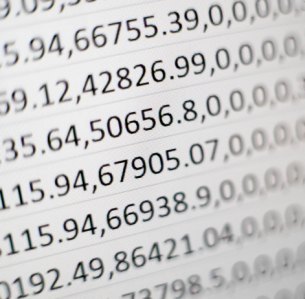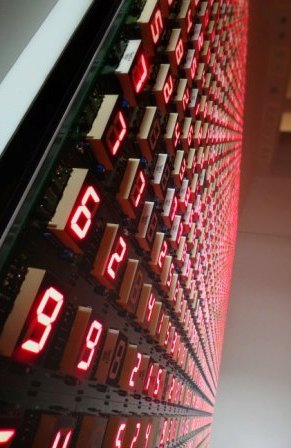 Matrices, those orderly arrangements of numbers in rows and columns, hold a profound significance in the realm of programming. These two-dimensional arrays serve as fundamental building blocks across a spectrum of applications, establishing themselves as integral components in many programming languages and systems. In this exploration, we shall unearth the deep-rooted relevance of matrices in programming and the myriad domains where their indispensability shines brightly.
Matrices, those orderly arrangements of numbers in rows and columns, hold a profound significance in the realm of programming. These two-dimensional arrays serve as fundamental building blocks across a spectrum of applications, establishing themselves as integral components in many programming languages and systems. In this exploration, we shall unearth the deep-rooted relevance of matrices in programming and the myriad domains where their indispensability shines brightly.
Mathematical Operations
Matrices underpin a multitude of mathematical operations, forming the bedrock for fundamental arithmetic such as addition, subtraction, multiplication, and division. Their centrality is most evident in the domain of linear algebra, a mathematical discipline that relies heavily on matrices to tackle problems ranging from solving systems of linear equations to optimizing intricate algorithms.
Graphics and Image Processing
In the immersive universe of graphics and image processing, matrices reign supreme. They serve as the canvas upon which images are painted, facilitating transformations and the application of diverse filters. The role matrices play in computer graphics is profound, enabling the scaling, rotation, and translation of objects. They are also indispensable for image filters and convolution operations, contributing to the enhancement and modification of images.
Machine Learning and Data Analysis
At the heart of machine learning and data analysis lie matrices. These domains often organize data in tabular formats, where rows represent individual samples, and columns embody various features. This tabular structure essentially constitutes a matrix. Machine learning models, whether engaged in regression, classification, or clustering, operate primarily on matrices of data, solidifying matrix manipulation as a fundamental aspect in constructing and training these models.
Transformations and Geometric Computations
Matrices take center stage in orchestrating transformations in both two and three-dimensional spaces. They gracefully rotate objects, adjust their positions, and seamlessly scale their dimensions. In computer graphics, matrices act as the scaffolding for projecting three-dimensional objects onto a two-dimensional canvas, ensuring that their representation matches the observer’s perspective.
Cryptography
The secure world of cryptography heavily relies on matrices for encrypting and decrypting data. Matrix operations, notably matrix multiplication and modular arithmetic, form the cryptographic latticework. Their mathematical properties are the cornerstone of data security, safeguarding sensitive information from unauthorized access.
Network Theory
Matrices are the linguistic medium of network theory, articulating complex relationships and connections. The adjacency matrix, for instance, paints the connectivity portrait between nodes in a network. Matrix operations step in to dissect network structures, reveal underlying patterns, and fine-tune network performance.
Computer Simulations
Computer simulations spanning the realms of physics and engineering find solace in matrices as they simulate intricate systems. The efficient representation and manipulation of matrices shine when it comes to solving large systems of linear equations, which are intrinsic to these simulations.
Computer Vision

In the captivating domain of computer vision, matrices are the enablers of crucial tasks such as image stitching, object recognition, and camera calibration. They empower algorithms to interpret and process visual data with precision and efficiency.
In summation, matrices silently but profoundly govern the realm of programming. They offer a versatile and fundamental framework for addressing an extensive array of challenges spanning multiple domains.
Whether it’s the foundational mathematics, complex algorithms of machine learning, or the enhancement of visual data, matrices take center stage. For programmers seeking to navigate a diverse spectrum of computational challenges, comprehending and harnessing the power of matrices is a fundamental skill that opens doors to a world of programming possibilities.
